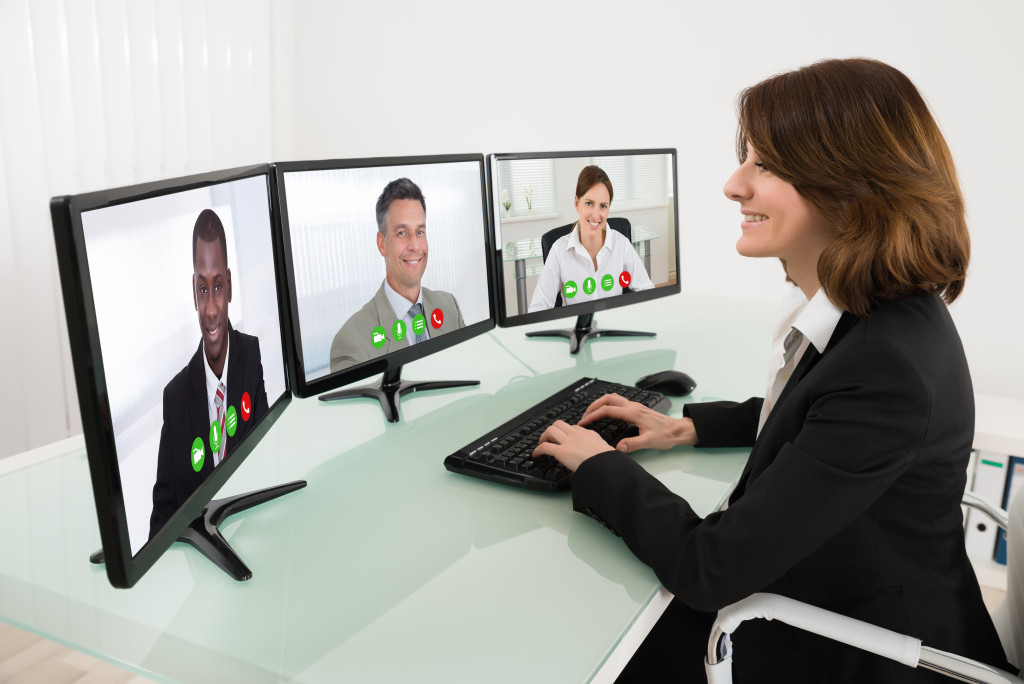Many businesses have had to modify their processes due to the coronavirus pandemic. They have adapted to mostly virtual operations without planning or acclimating to a new work model. One of the most significant hurdles many businesses face with remote working conditions is adapting their face-to-face meetings to remote meetings.
So you can’t assume that the face-to-face meeting model for your lawn service franchise business, for instance, would transfer seamlessly to a remote environment. But with intentional actions and purposeful thoughts, you can modify your meeting model to fit this new, work-driven reality.
Make Them Short
Zoom fatigue or burnout is real. Not all people have the energy for marathon video calls. In general, remote meetings should be about half the time they were held in the office.
But while keeping remote meetings short is essential, you should also make sure that no single participant is talking for too long. When this happens, the meeting becomes a monologue, and other participants will inevitably lose their focus and stop listening.
Do Away With Unnecessary Meetings
To achieve this, think about each meeting’s objective and determine whether you’re achieving it. For example, if you need a brainstorming session or need to discuss something with everyone, then a meeting is your best option. Sometimes, however, meetings are held where not all people really need to participate, and the discussion details could’ve been sent via email to non-core participants. Don’t do this.
Get Rid of Update Meetings

Put, update meetings are for providing key people updates on tasks and projects. The problem with these meetings is that there’s very little interaction or discussion in such meetings. They also usually feel like a huge waste of time for most participants, particularly in a virtual environment.
Furthermore, even if the information presented is crucial, the information in update meetings are typically presented in dry and boring ways. But there are more effective ways, such as a memo system, to give everybody updates on what everybody’s doing and keep your team on their toes.
For remote workplaces, employees are tasked to send out relevant updates through email before the meeting, and participants are expected to read the memo before the meeting. This system decreases the meeting time by as much as half while increasing engagement and productivity.
For updates that need more nuance, you can opt to replace a virtual meeting with a one-way, asynchronous video presentation. For example, if you need to answer complex questions or share complicated information with someone, you can take some time to make a short video of yourself sharing the update or answering the question.
Besides being more personal than a standard email message, a video is also clearer and ensures that crucial things such as body language and tone can be seen in your response. Asynchronous video likewise needs less time than virtual meetings, for recipients and senders alike.
Additionally, depending on how quick you are with written communication, it might be faster than writing and proofreading a detailed email message. You also won’t need to worry about grammar and spelling.
Main Takeaways
Video conferencing tools are excellent channels that businesses can leverage to hold interactive meetings in virtual workplaces. But they could likewise create complacency and mislead leaders and managers into believing that they could easily apply their in-person meeting practices to virtual meetings.
The reality is that it will take some time to adjust to remote meetings. However, by focusing on reducing unnecessary meetings, shortening necessary ones, leveraging asynchronous video, and implementing a memo system, you could hold successful meetings in a virtual environment.
